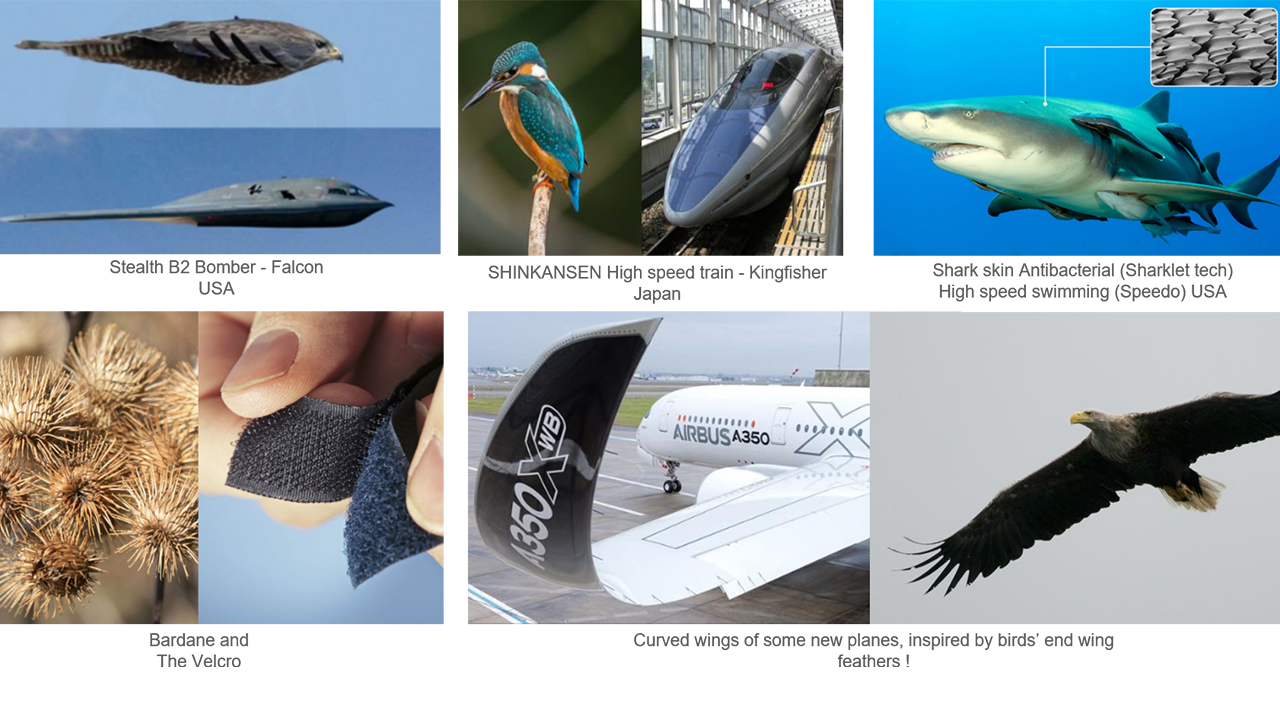The concept of biomimicry, often referred to as “nature-inspired design,” has gained significant traction in recent years as a means to foster sustainability and innovation. At its core, biomimicry involves drawing inspiration from nature’s designs, processes, and systems to solve human challenges and create more sustainable technologies. One of the richest sources of inspiration for biomimicry lies in ecosystems, where nature has perfected the art of sustainable living over billions of years.
Ecosystems are complex networks of interconnected organisms, each playing a unique role in maintaining the delicate balance of the ecosystem. These systems have evolved to optimize resource utilization, energy efficiency, and waste reduction. By studying ecosystems, we can extract valuable lessons that can inform sustainable practices and urban planning.
One of the fundamental principles of ecosystems that can be applied to sustainable practices is the idea of circularity. In nature, there is no such thing as waste – one organism’s waste is another’s resource. This principle has inspired the development of circular economy models, where resources are continually recycled and reused. By mimicking this circularity, industries can significantly reduce their environmental footprint and promote sustainability.
Urban planning is another area where ecosystems offer invaluable insights. Biomimetic cities, often referred to as “cities of the future,” are designed to mimic the efficiency and resilience found in natural ecosystems. These cities prioritize green infrastructure, such as vertical gardens and rooftop ecosystems, to improve air quality, reduce heat islands, and enhance biodiversity.
Moreover, biomimetic cities prioritize efficient transportation systems inspired by the way organisms move within ecosystems. This might include designing urban transit systems that mirror the efficiency of ant colonies or developing traffic management systems that emulate the flocking behavior of birds, reducing congestion and energy consumption.
One remarkable aspect of ecosystems is their adaptability. Ecosystems have survived through various environmental challenges by being resilient and flexible. Biomimetic cities are designed with adaptability in mind. They incorporate innovative building materials that respond to environmental changes, such as self-healing concrete inspired by the regenerative capabilities of bone or building designs that mimic the efficient temperature regulation of termite mounds.
Furthermore, ecosystems have perfected the art of resource efficiency. In a forest, for instance, trees compete for sunlight, and each individual maximizes its use of available resources without wasting energy. Biomimetic cities apply these principles by optimizing energy and resource usage, such as using energy-efficient lighting systems that respond to occupancy or designing smart grids that balance energy demand in real-time.
In conclusion, the lessons we can glean from ecosystems are invaluable for promoting environmental sustainability. Biomimicry, with its focus on mimicking nature’s designs and systems, holds the key to creating a more sustainable and harmonious future. Biomimetic cities, inspired by the efficiency, circularity, adaptability, and resource efficiency found in ecosystems, represent a promising path towards a sustainable urban future. As we continue to face pressing environmental challenges, the wisdom of nature offers a beacon of hope and inspiration for building a better world.








